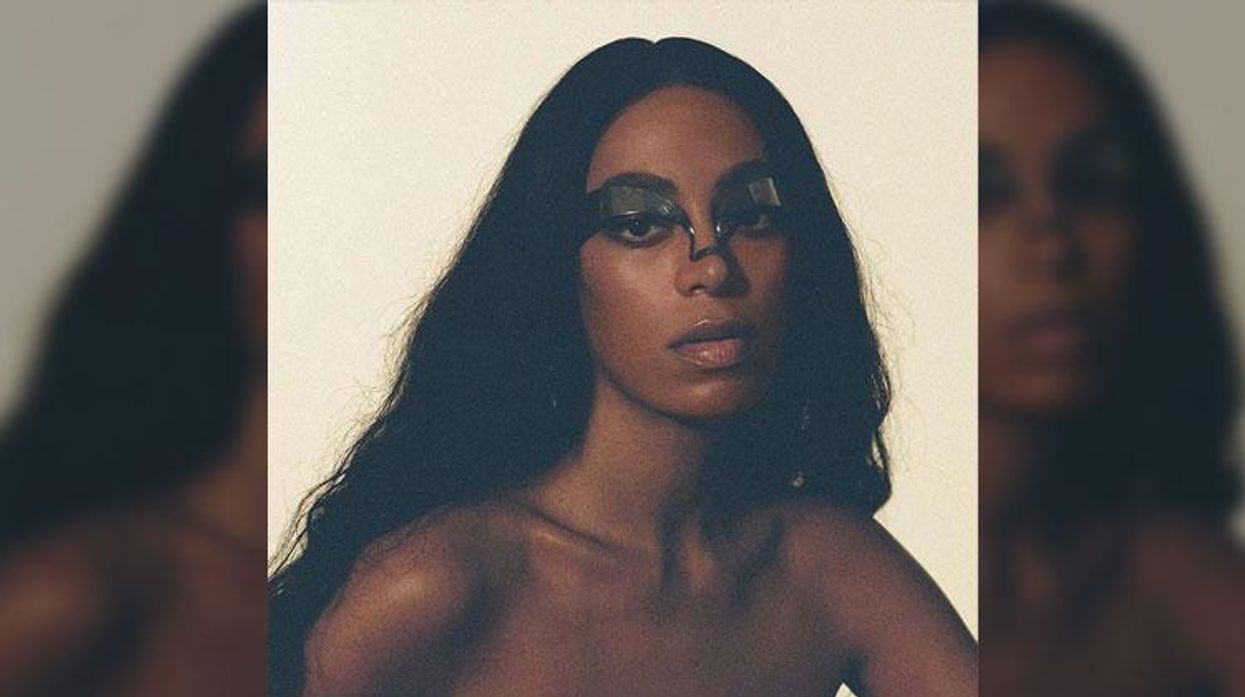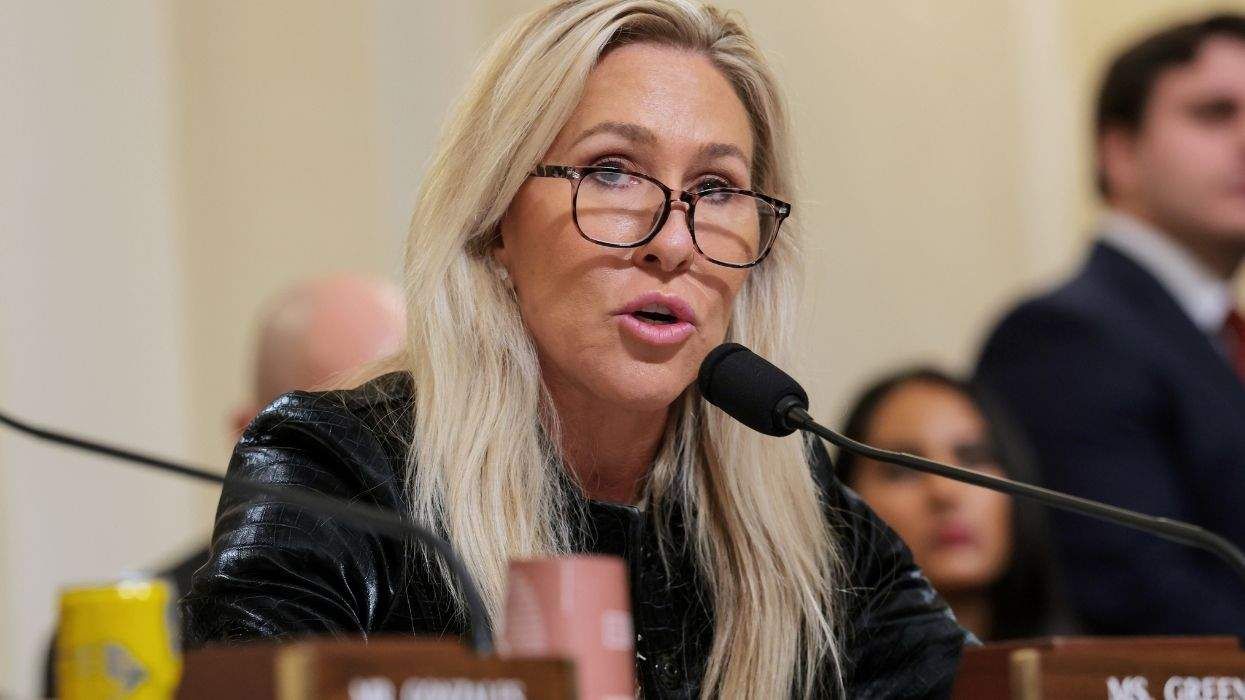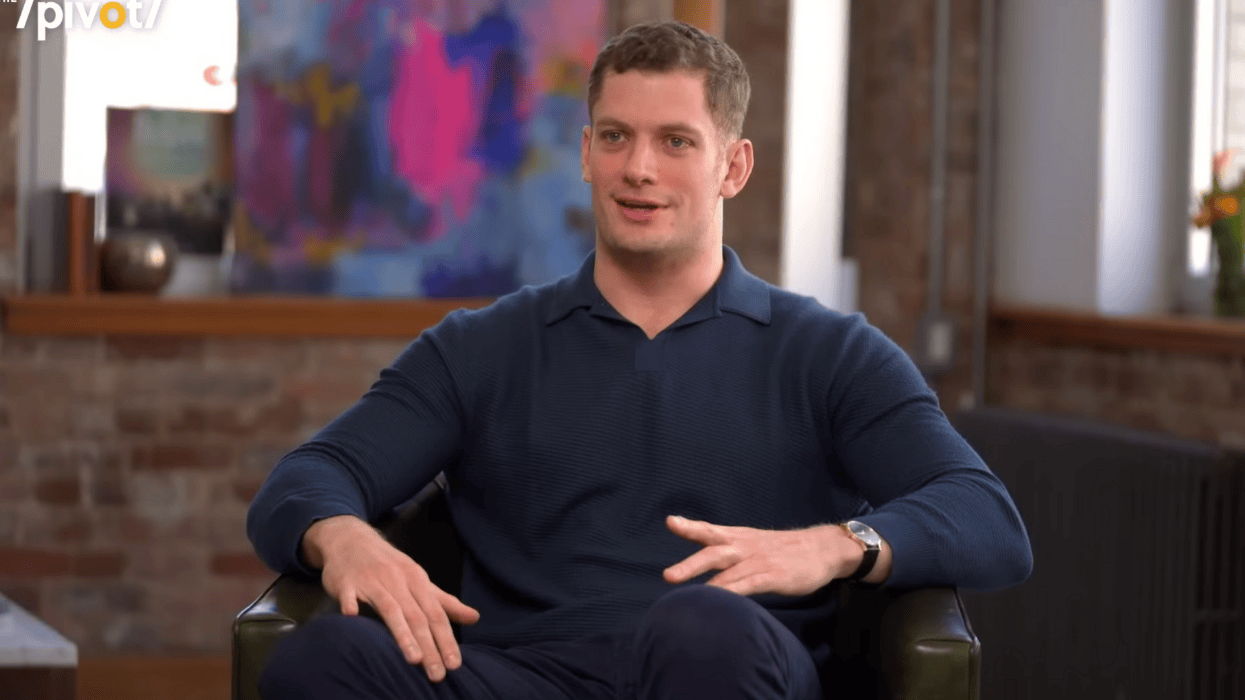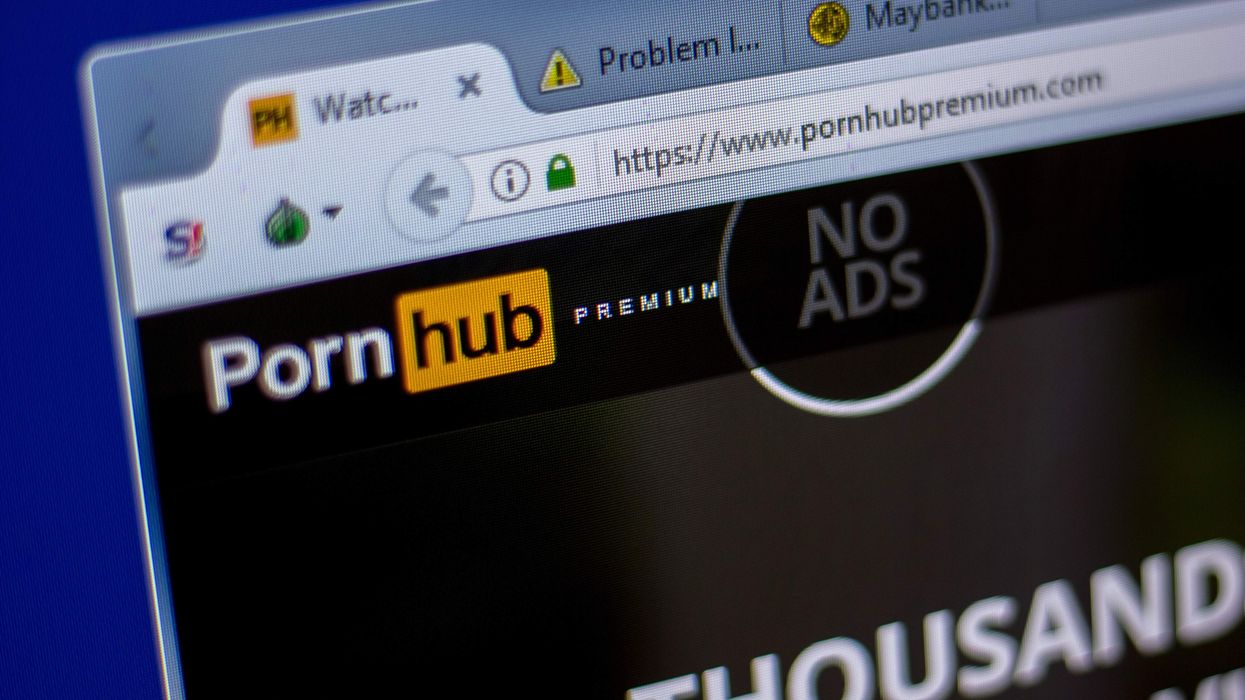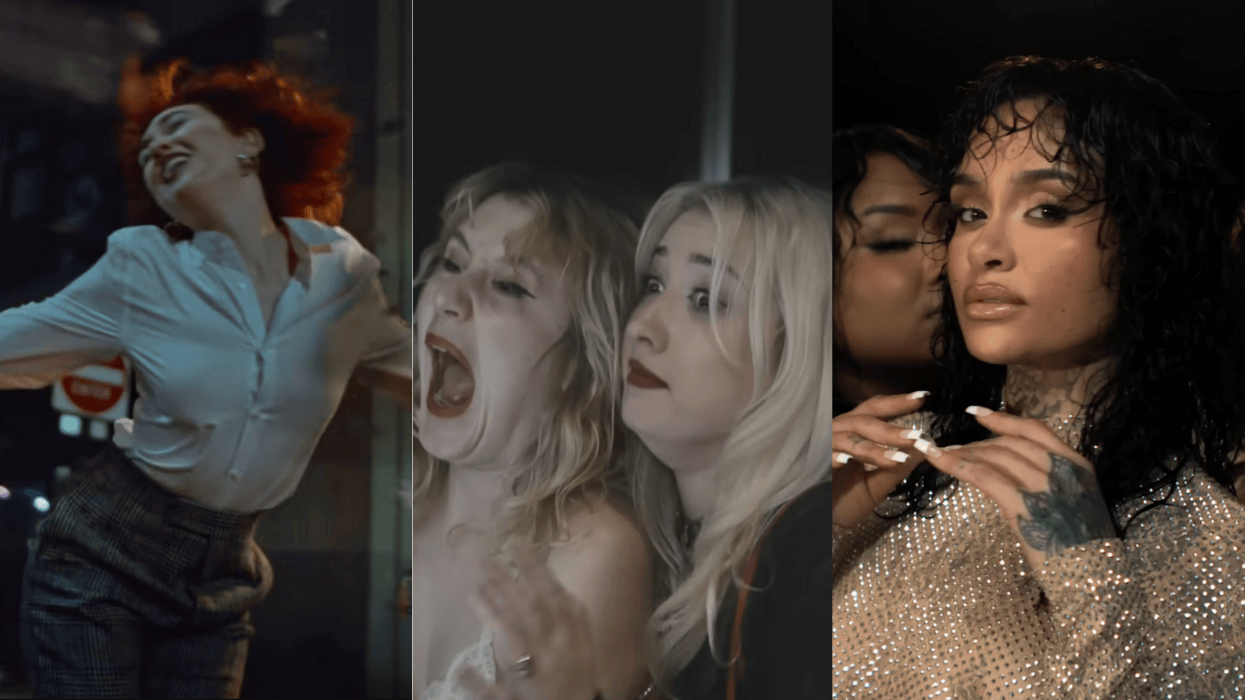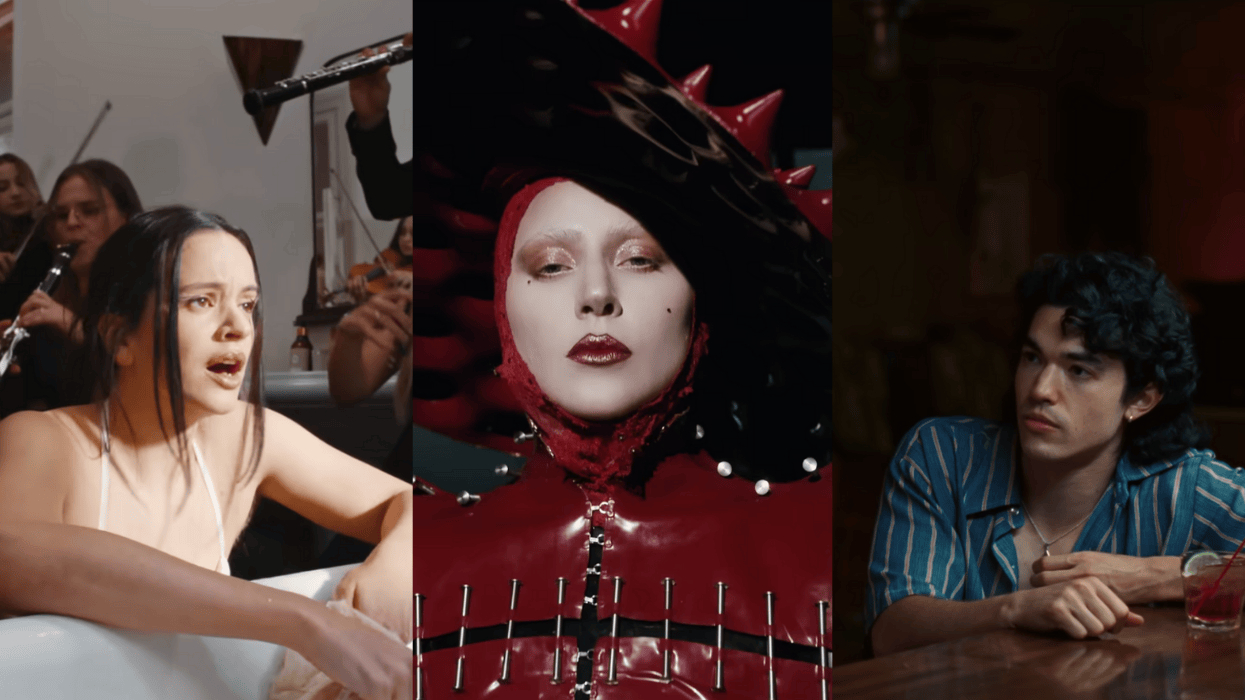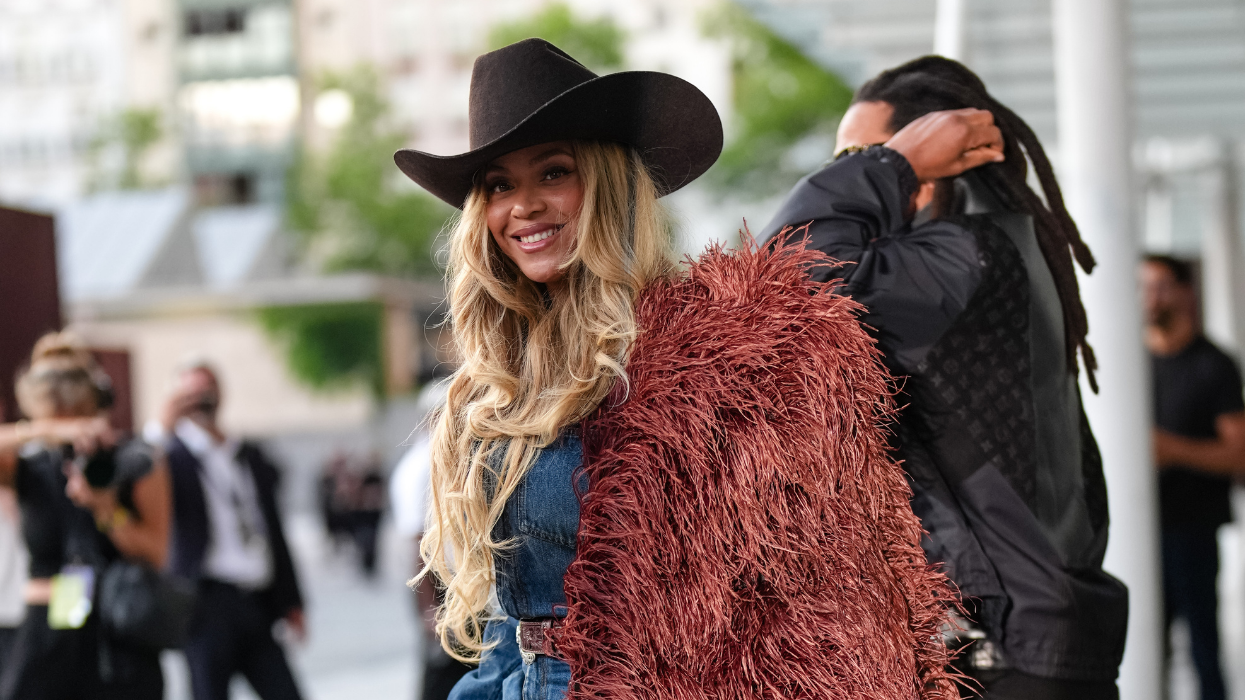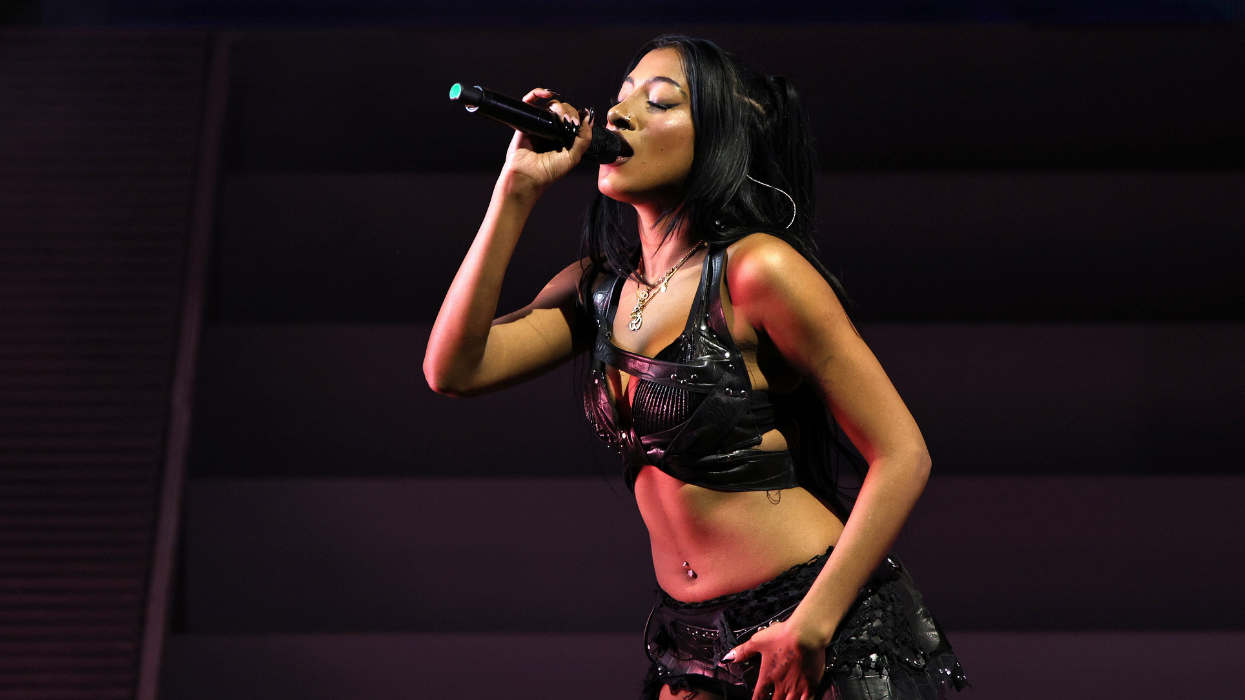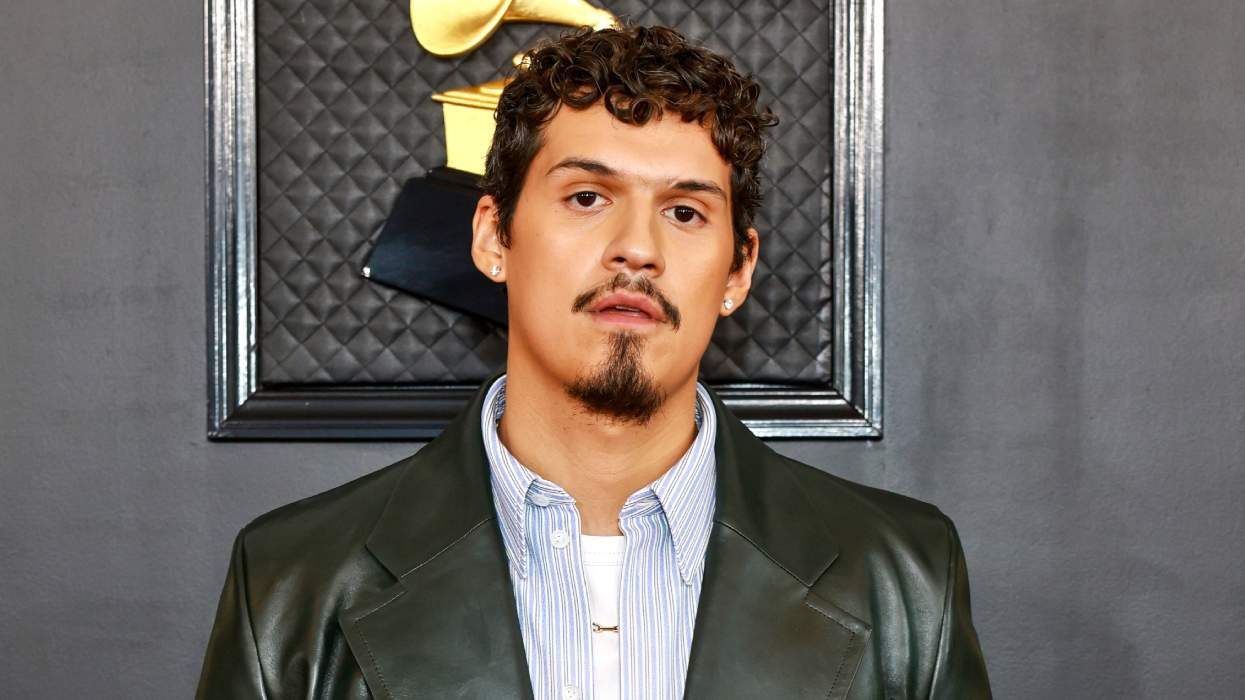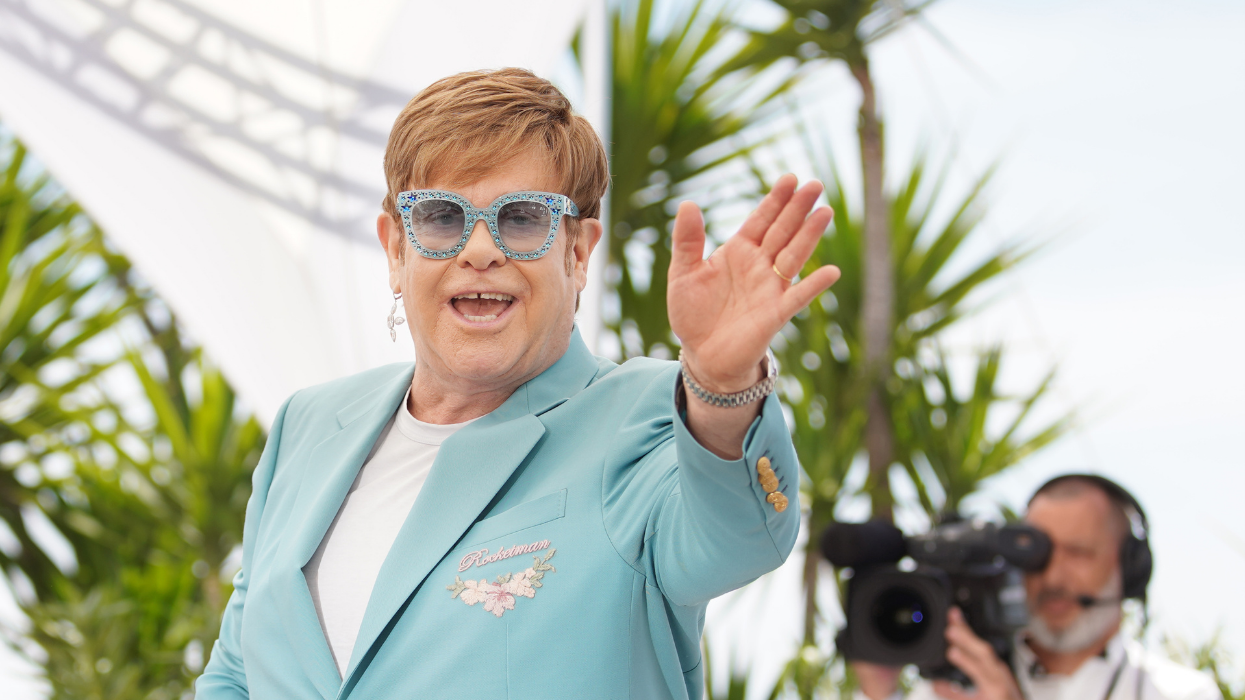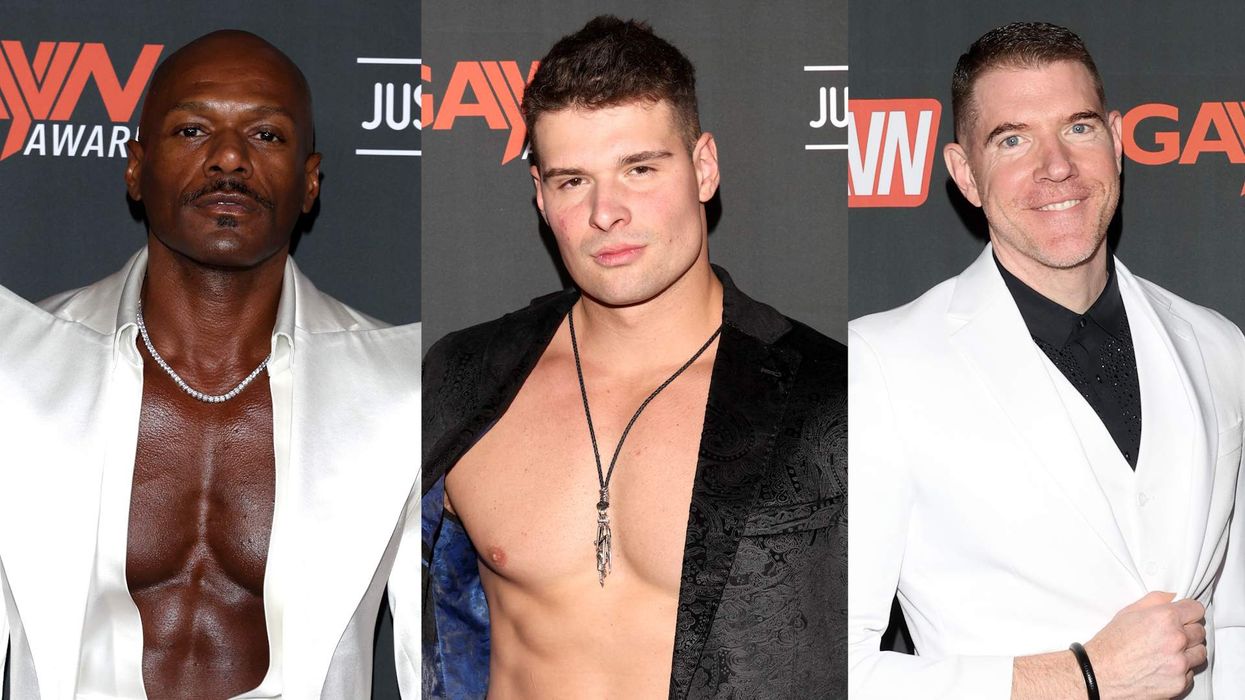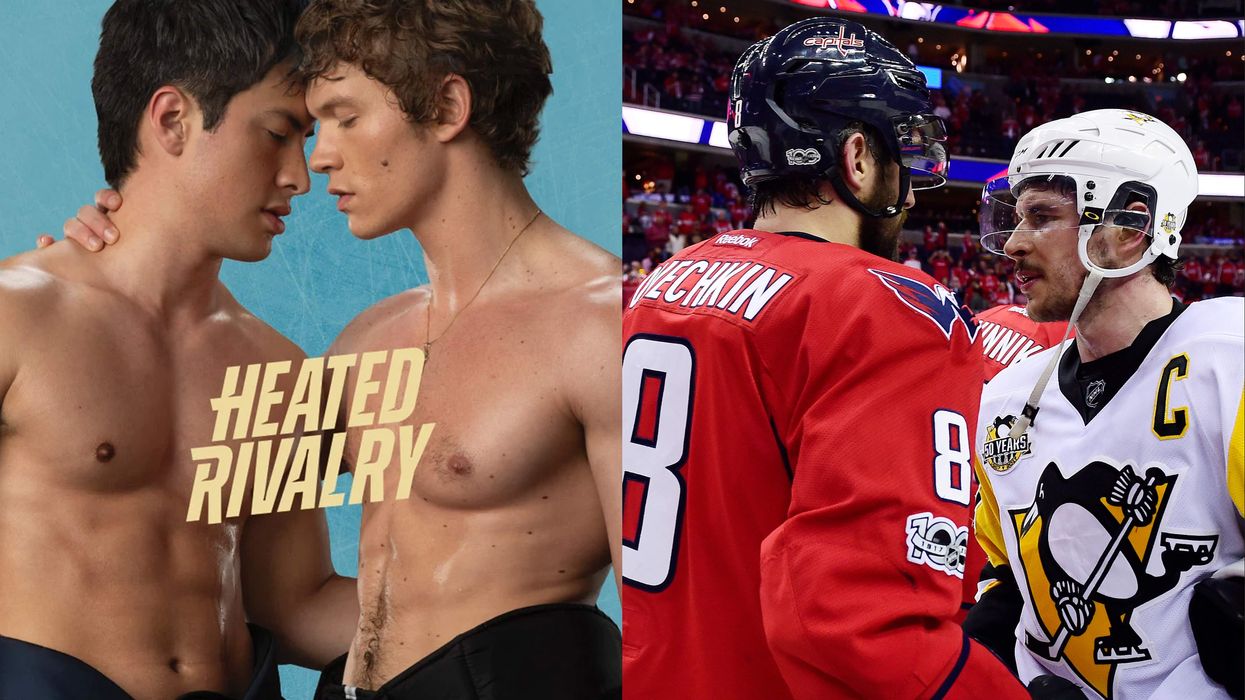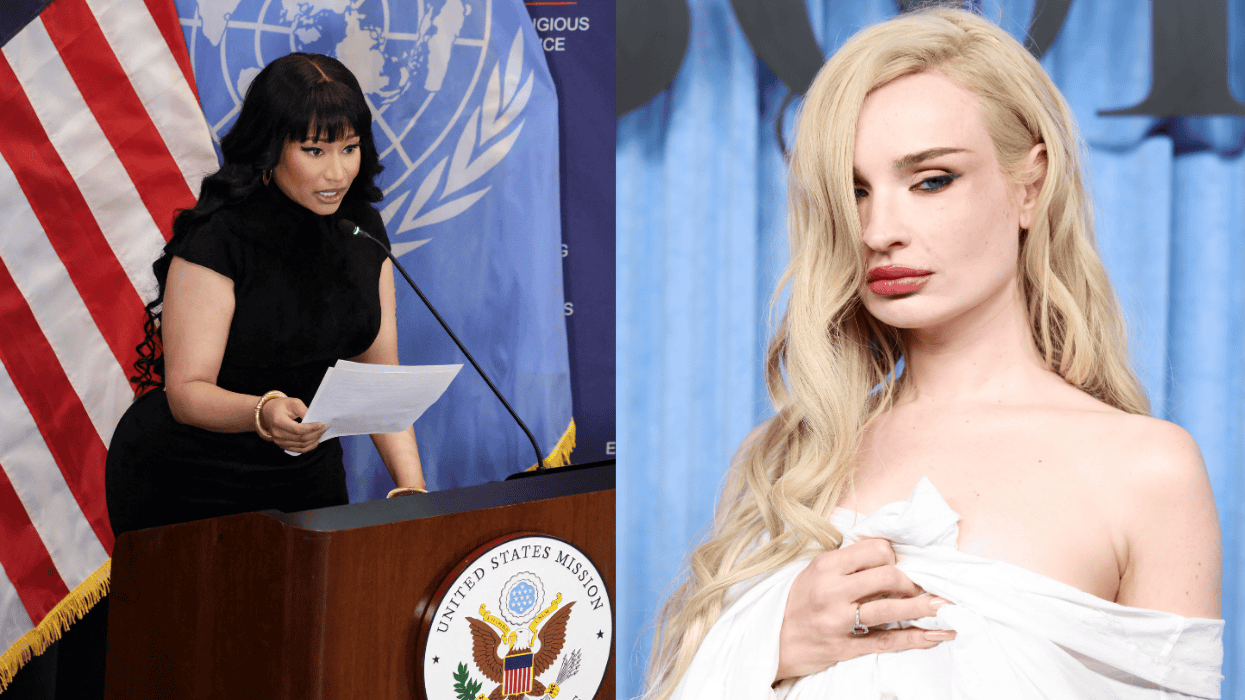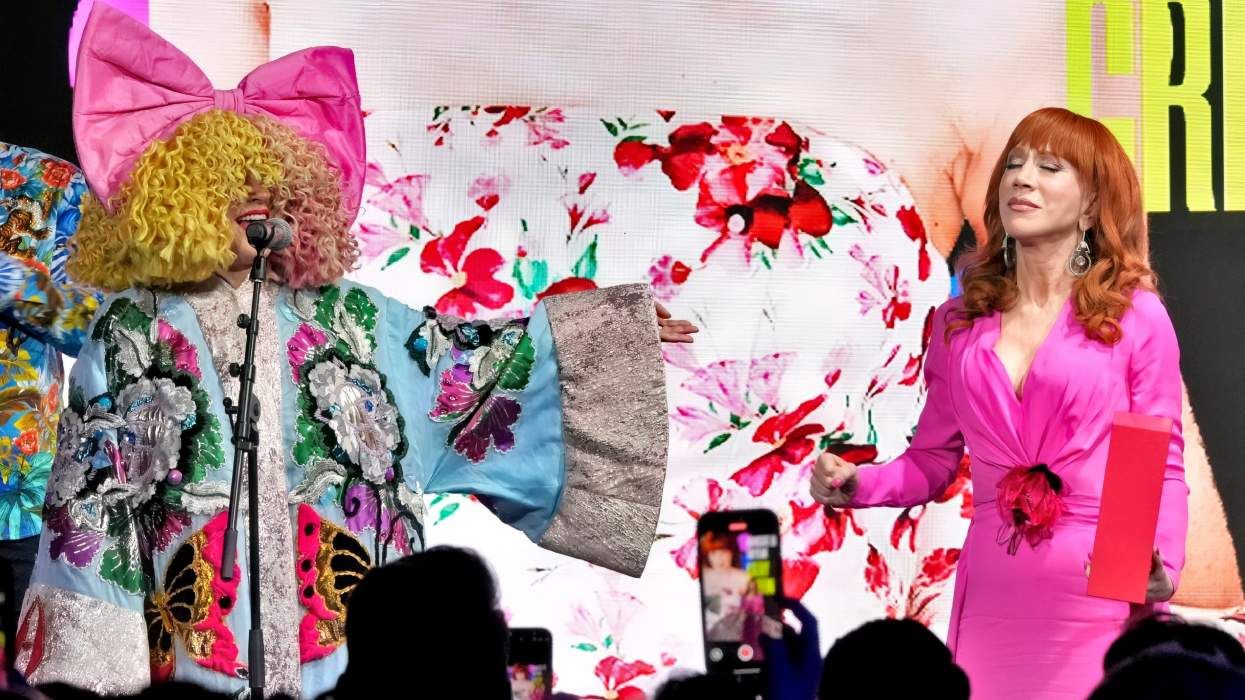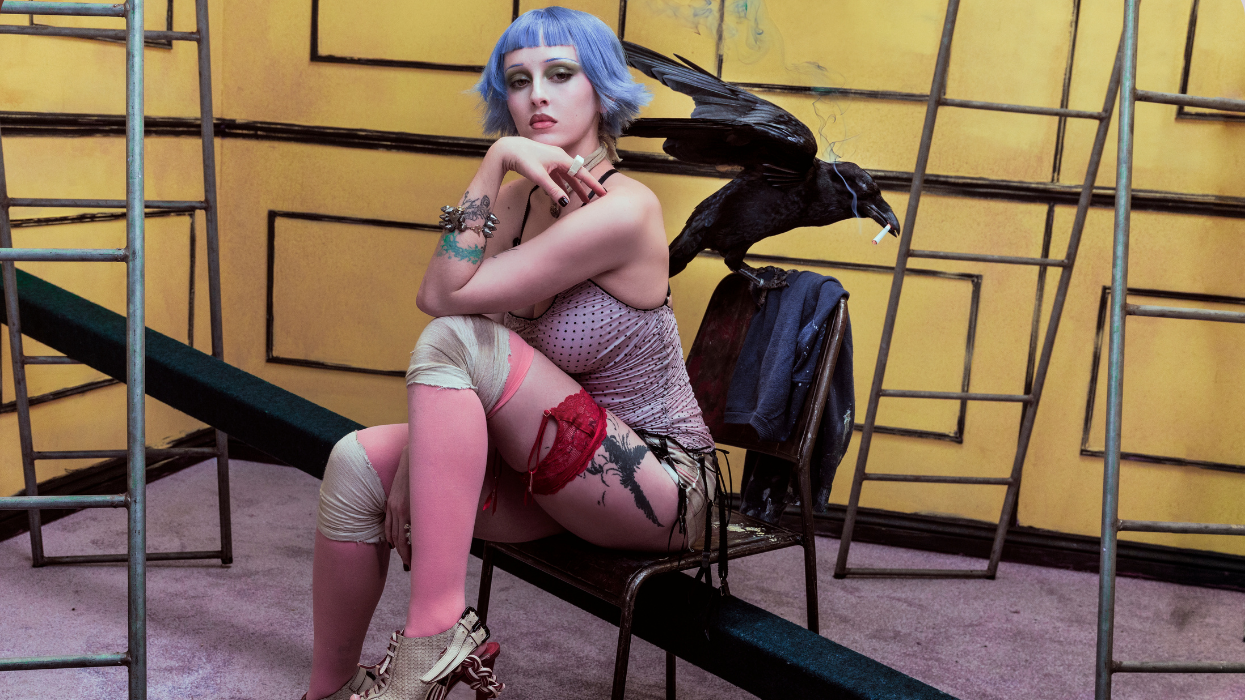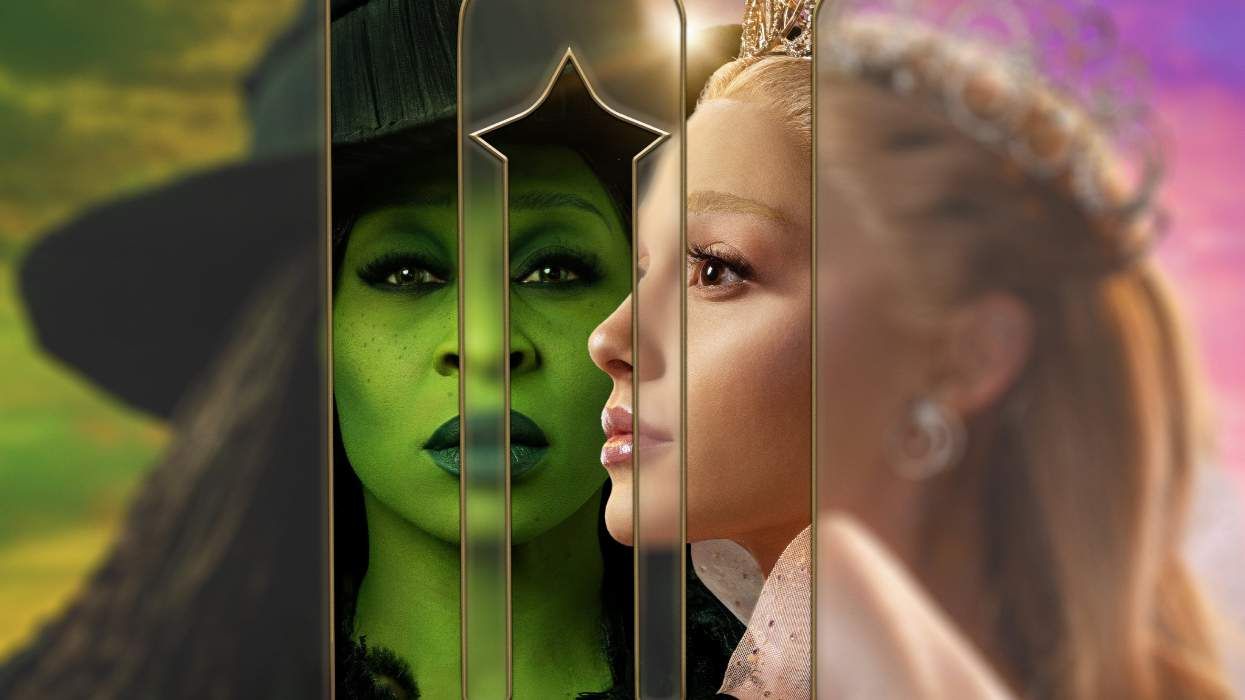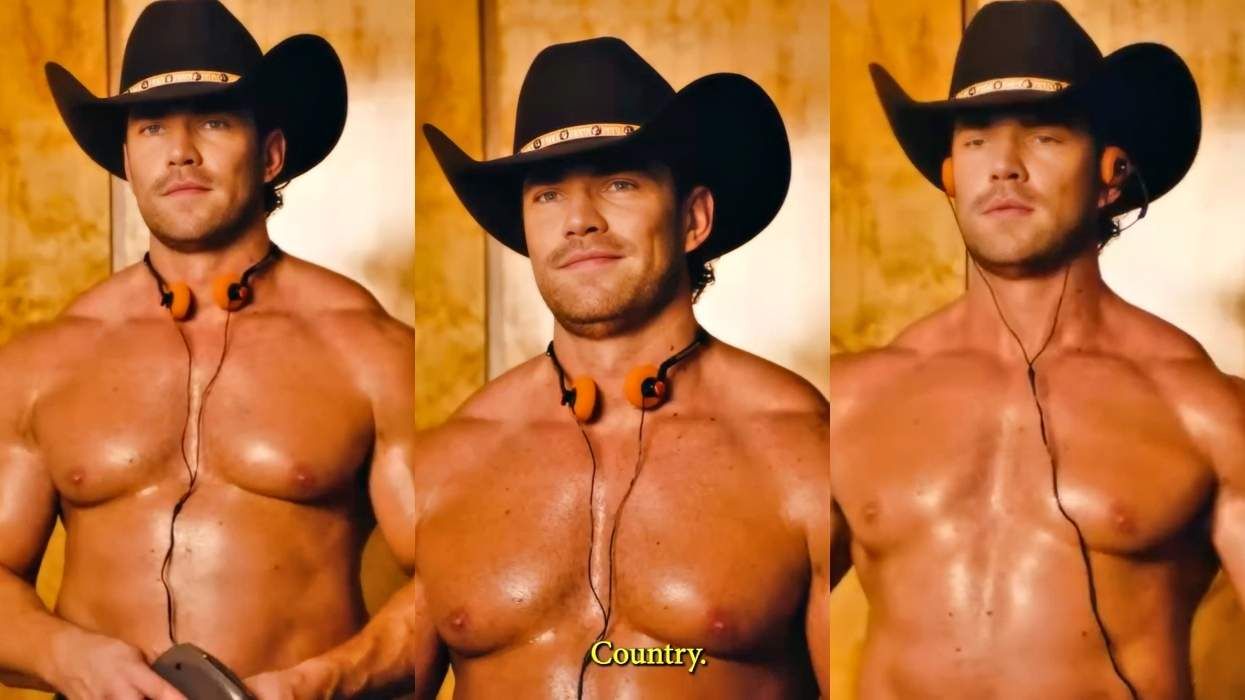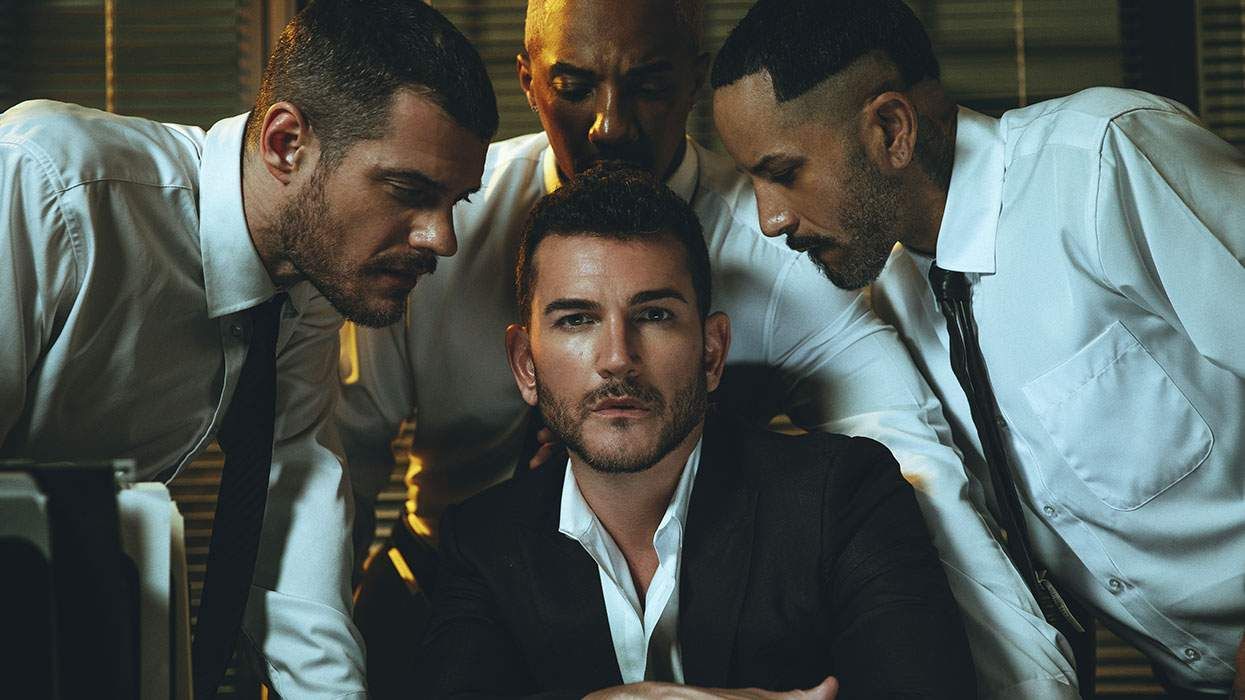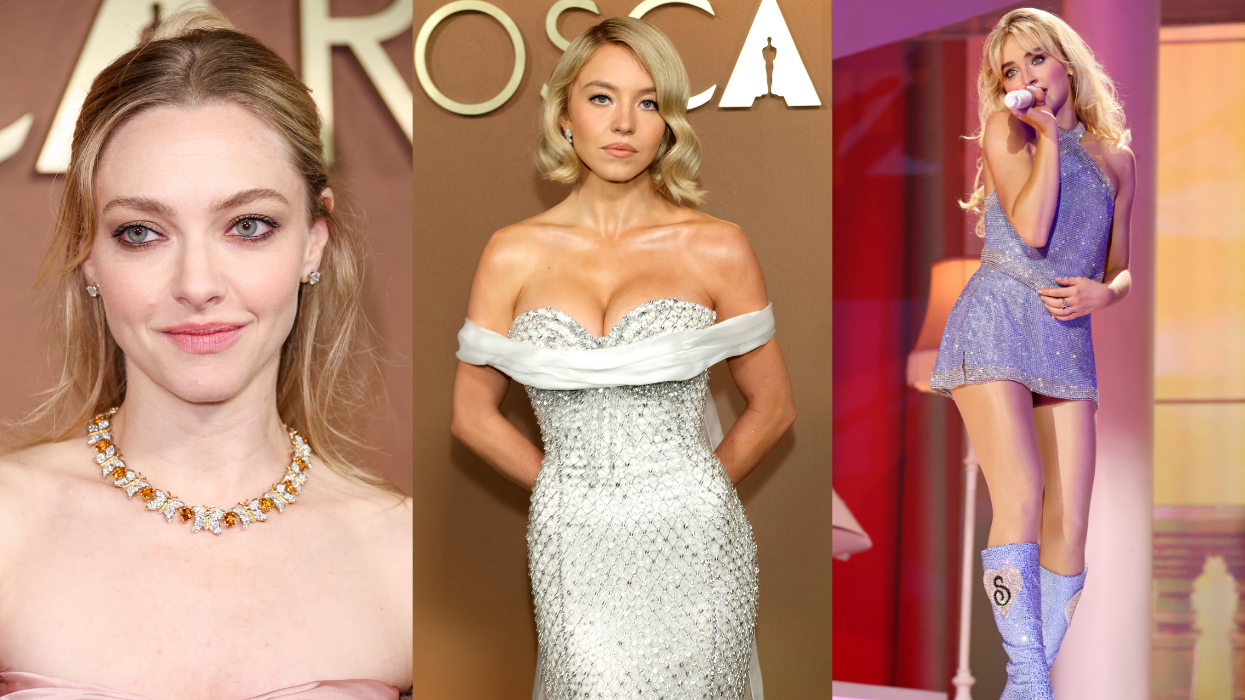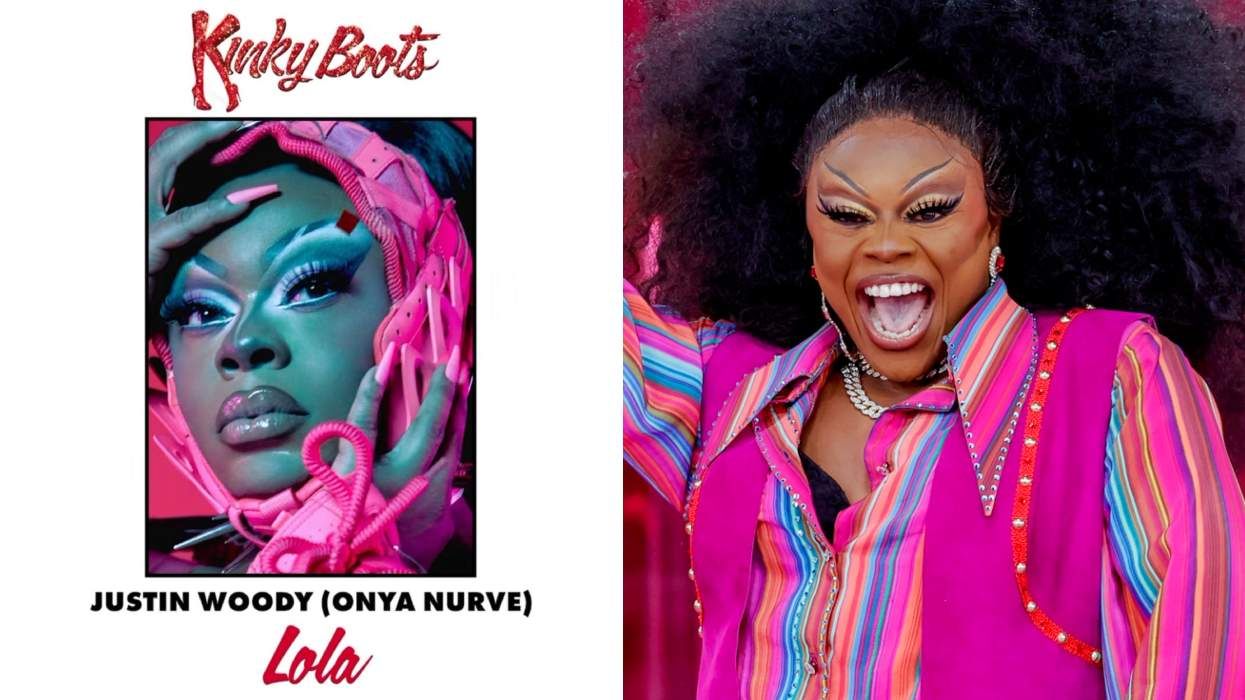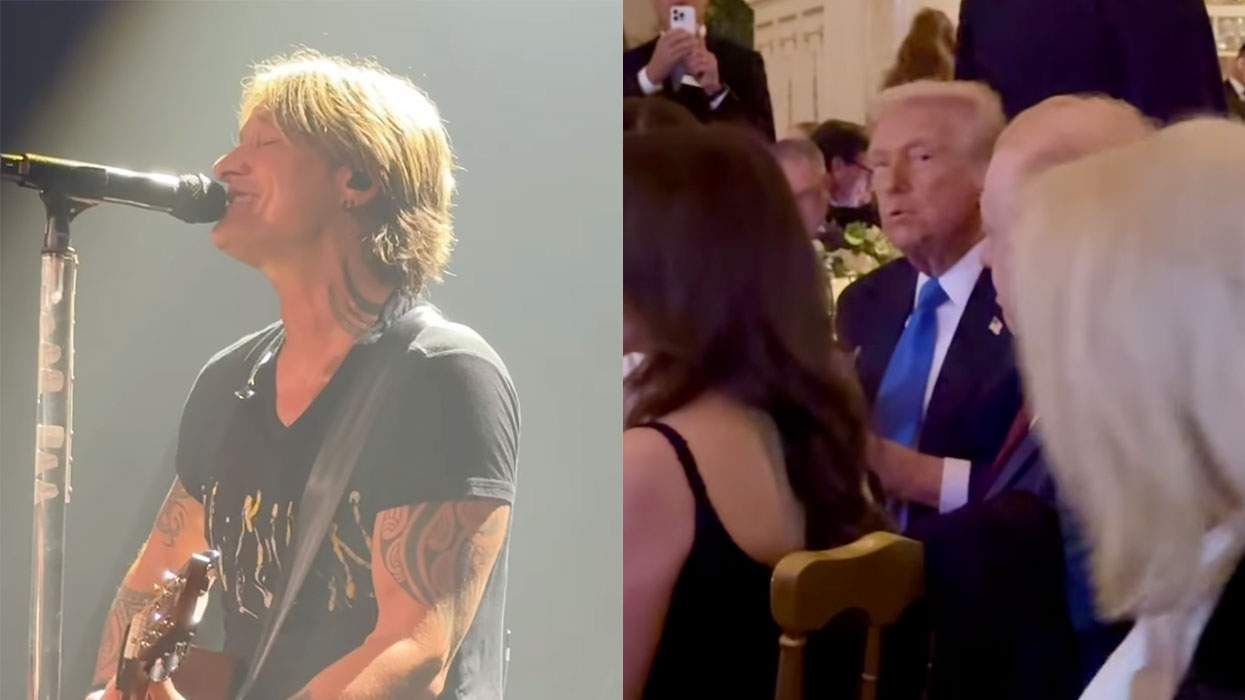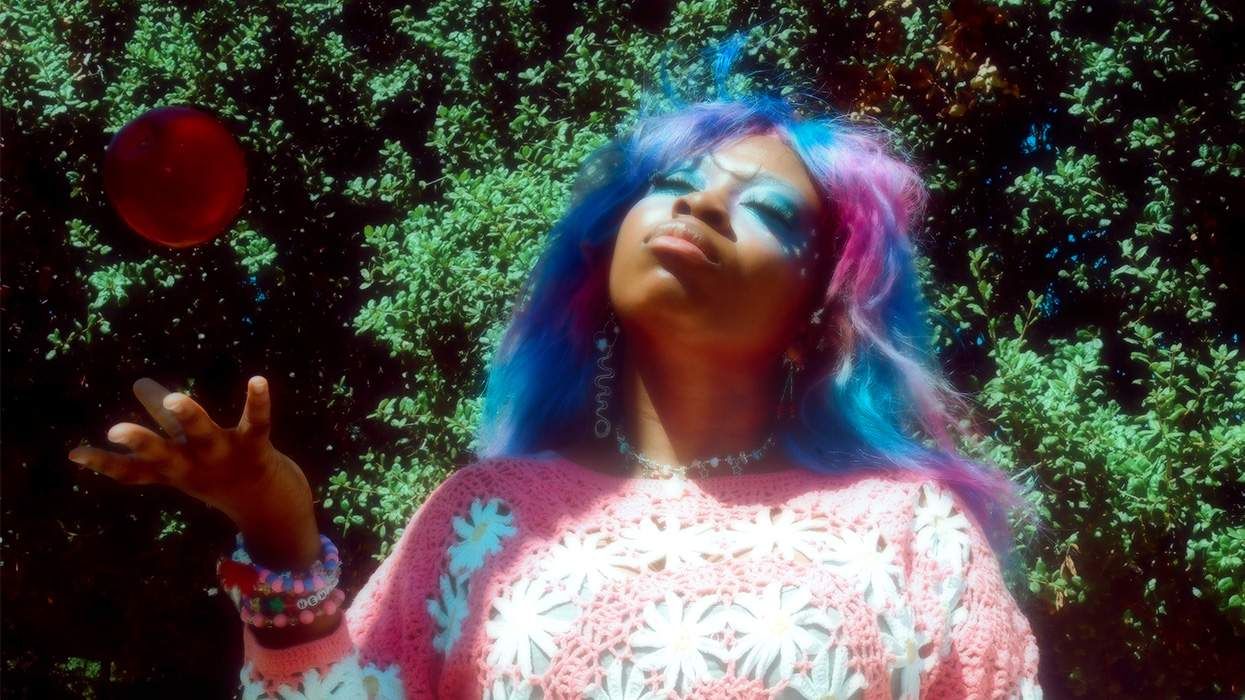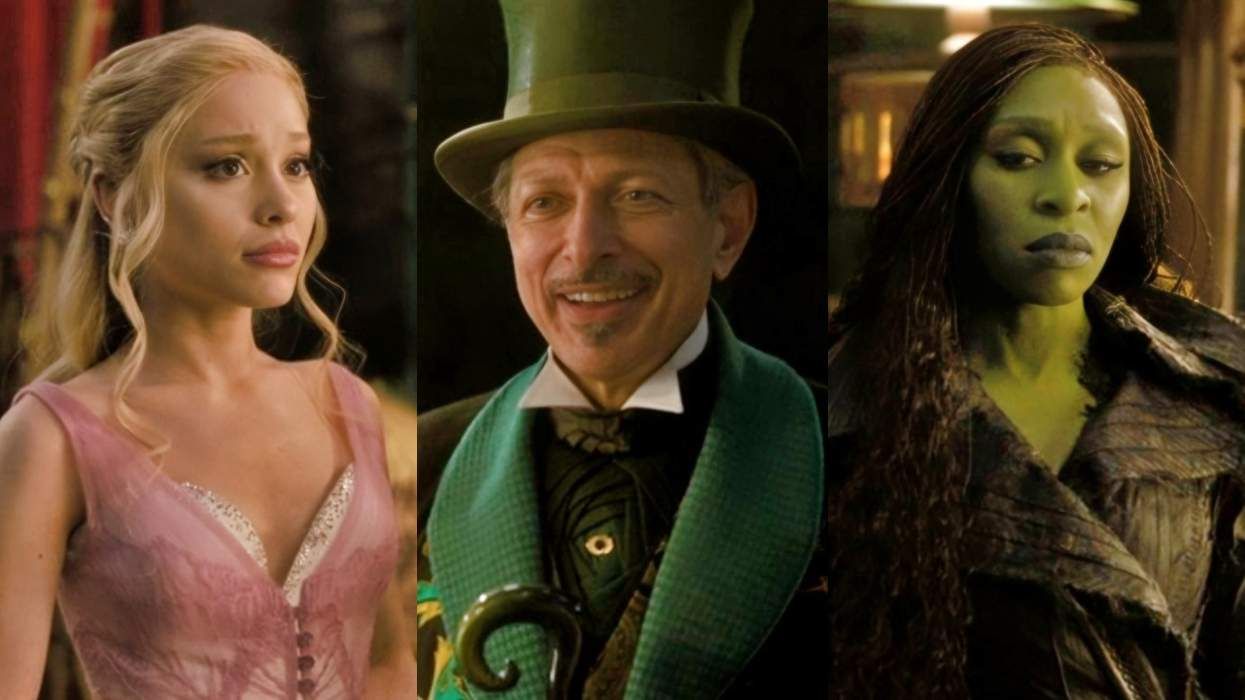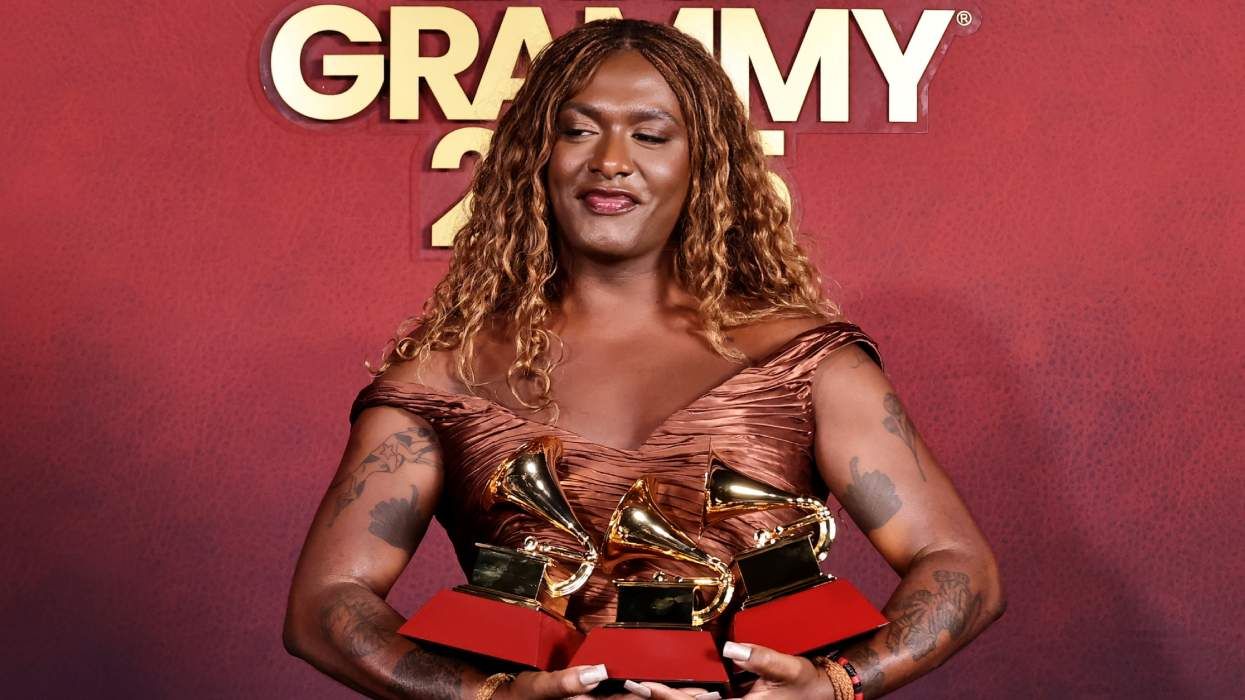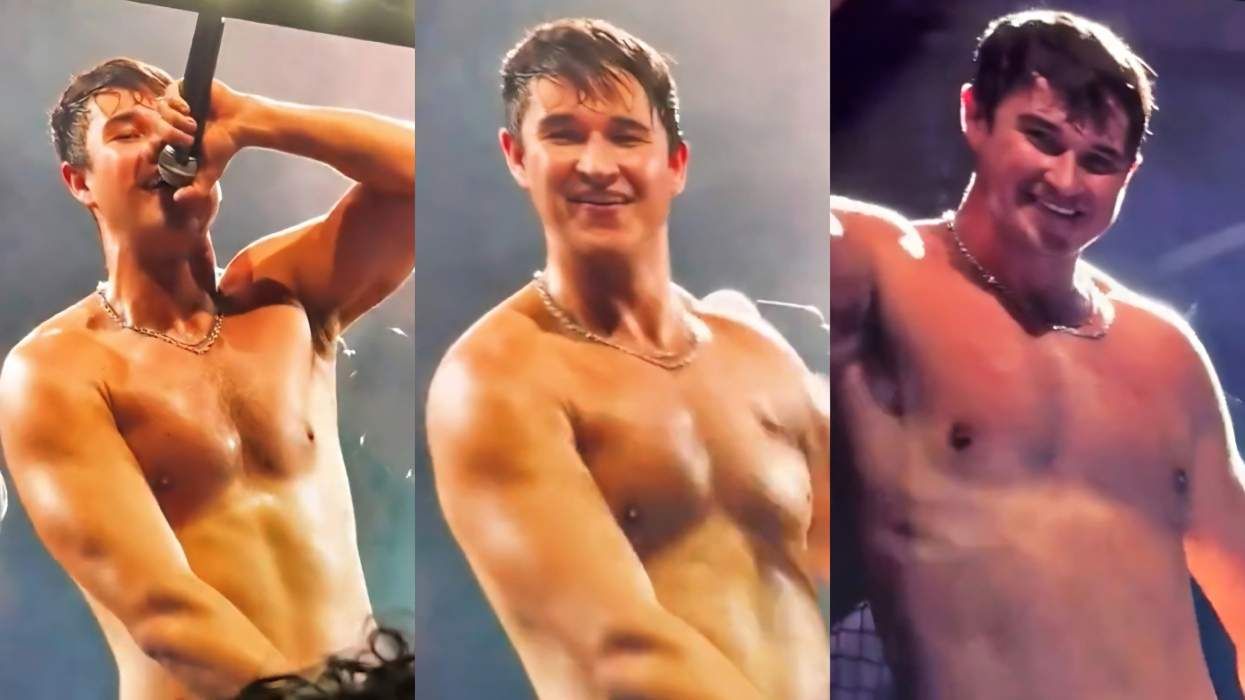If you don't understand the new Solange album, then you probably don't understand Solange.
When she teased the album When I Get Home on social media, the gays were losing their minds. Structured metal corsets, clear vinyl bustiers, 50-inch bundles (by the hair stylist Kendall Dorsey), and chrome cowboy boots made their way across the internet with big yee-haw energy and a custom BlackPlanet page collecting these visuals together. Among them, a few photos of a woman spinning around a stripper pole with her leg swinging a stiletto impossibly high and ass cheeks spread as powerful as they were beautiful. Solange's visuals are always on point, a consequence of her incisive and very personal dedication to how things look as much as how they sound.
\u201cLemme tell you: Whatever my good Cancerian sis Solange has for us, I'm 100 percent ready for.\u201d— Dani Kwateng (@Dani Kwateng) 1551209151
As an artist, the multi-hyphenate mononym is a vigorous and particular executive producer, creative director, and writer of her work -- a quality that sets her apart from many other musicians, and even on occasion, her sister. In a T Magazine profile last October, Solange said the record had "a lot of jazz at the core. But with electronic and hip-hop drum and bass because I want it to bang and make your trunk rattle." Her 2012 EP, True, is the album with which many pinned Solange as a fine manufacturer of intellectual bops of color. So when she promised a rattling of our trunks, perhaps some hoped that she would return to her days of "Losing You," and other radio-friendly hits.
But when Solange finally gave us her new album, When I Get Home, at midnight on the last day of February, no bops were found. These 19 new tracks, which flow together like honey on a hot Texas day, make not so much an album as a long, meandering symphony that tells a few different stories about the same thing: Houston. While their birthplace is a reference that any Knowles frequents in her artistry, When I Get Home is a full-on love letter. Solange even premiered her first music video for the record in a "special experience" in locations all across Houston, paired with a conversation between her and the queer art critic Antwaun Sargent. In a now-deleted Instagram post, Solange said the locations included her first Black bank, first Black hair salon, first Black church, and other locations personal to her.
\u201chouston u made tonight so special i appreciate u so much \ud83d\udda4\u201d— solange knowles (@solange knowles) 1551693457
While bops they are not, the "trunk rattling" is there in these tracks, with synths, bass, and drums stitching the record together under the influence of Houston's Southern rap artists. This album is for no one but her, and the city that raised her. With the release of A Seat at The Table and now When I Get Home, the album's songs are so unified and stamped with Solange's now-signature interludes, falsetto, and melodic chill, it's no question that Solange answers to no one but herself -- so f*ck your bops! "I can't be a singular expression of myself," she says in one of the record's many interludes. "There's too many parts, too many spaces, too many manifestations, too many lines, too many curves, too many troubles, too many journeys, too many mountains, too many rivers, so many."
Here, we break down a track-by-track review of all the Easter eggs and key references from her most recent contribution to the culture.
1. Things I Imagined
Alright fam, we're in for it: This two minute intro is an overture, and we are at the opera. Solange is your effervescent conductor dressed in dramatic swaths of white fabric and probably dancing with her baton in arm motions vertical and perpendicular to her body. "I saw things I imagined" is a refrain that's caught on on Twitter and with various Solange memes. Where it's funny, it's also beautiful to think about how Solange imagined things in her childhood in Houston and manifested them in her adulthood. Wow, this song literally only has seven words in it and I am weeping, it's fine.
2. S McGregor (Interlude)
Solange's interludes are a point of contention among music critiques. What many might not realize is that when Solange employs an interlude, she is doing more than moving the tracks along; she is trying to tell you something about her life philosophy, the watery Cancer she is.
The interludes in this album function similarly to those on A Seat at The Table. Each pairs a disjointed melody with a spoken word sample. This one is attributed to Phylicia Rashad and Debbie Allen -- two legendary, Houston-bred show business types known for acting, directing, choreographing, and singing. They are archetypal matriarchs of the arts, both raising daughters who went on to be Tony-winning Broadway stars. It is possible that, to Solange, these women are figures not unlike her mother Tina Knowles, and therefore representthe hard work and dedication of many Black women in Houston raising daughters in the arts.
\u201c@solangeknowles x S McGregor (interlude) \nsamples a version of Phylicia Rashad and Debbie Allen reciting their mother's poem On Status. Here's them reciting the full poem for their mother with their brother Tex on piano\u201d— hide n seek. (@hide n seek.) 1551445678
"Boarded the train, kissed all goodbye, and now my heart knows no delight," is little creepy, but the line is Rashad reciting a poem written by her own mother Vivian Ayers-Allen, according to Pitchfork. Ayers-Allen was also a Pulitzer-nominated writer and poet. The creative lineage that this family represents, much like the Knowleses, reminds us that maybe I should call my mom.
3. Down with the Clique
The bass-y piano that open this track reminds me of Joni Mitchell's experimental era of cosmic jazz, and I'm here for it. Solange promised a few jazz influences, and you really get a sense of the conversation this record is trying to start. The song ends with the crooning vocal refrain, "Are you down? / Are you down?" from a one Tyler, the Creator who also did the keys.
4. Way to the Show
It may just be March, but this song is the sultry lullaby of a lazy hot summer day. The farty synths and the syrupy electric guitar give the song a drug-like quality. "Candy paint down to floor," refers to the transparent coating that goes over a car's metallic color to make it shinier and candy-like, according to annotations on Genius. This style nods to Houston's vibrant slab scene, and the song ends with the recurring sound of cassette tape going into its player, which also sounds a bit like a gun loading.
5. Can I Hold the Mic (Interlude)
"Uh, bitch, can I hold the mic?" says hip-hop group Crime Mob's Princess, bickering with her fellow member Diamond. In the uncut video this is sampled from, the two of them are in a car living their best damn lives and competing for the camera's attention. So much of Solange's art and work revolves around Black joy. A Seat at the Table, and her general public commentary on issues of race in America, have proven Solange as a big advocate of Black folk taking up space by any means necessary. In a 2016 essay she penned on her site Saint Heron addressing a public racist encounter she had, she said, "After you think it's all over, you know that the biggest payback you could have ever had ... was dancing right in front of them with my hair swinging from left to right, my beautiful black son and husband, ... jamming the hell out with the rhythm our ancestors blessed upon us saying, We belong. We belong. We belong."
6. Stay Flo
At every Solange performance I've ever been to, of which I've been to seven, there comes a moment where Solange says something to the effect of, "Okay everyone, put away your phones. For this next song, the only thing I want to see you do is grind."
If Solange continues to do so with a When I Get Home tour, this might be the song she makes everyone grind to. This song is maybe my favorite on the record, and a testament to Solange's lyrical minimalism. "Down, down, down on the floor" is the key refrain we latch onto, and the rest of the song is mostly a chorus of "Ays," as if rallying a group of her friends before going out to dance. Despite the effortful artistry of her process, moments like this always make it feel so damn effortless.
7. Dreams
Ah, Solange is here with the seminal track "Dreams" -- Fleetwood Mac is shaking! This is the main track Solange used to tease the album itself. In it, she flexes her Minnie Riperton-inspired falsetto with a beachy, indeed dreamy, stickiness that has Dev Hynes' stamp on it. This is the only track Hynes produced for Solange on this album, but the two have collaborated in the past and are also, fun fact, in a group chat together with Kelela, Mose Sumney, and Adam Bainbridge of Kindness
8. Nothing Without Intention (Interlude)
As any Knowles is wont to do, Solange's son Julez makes his debut on his mama's album in a sample of them saying "Ay, ay" together. The repeated line that follows, "Nothing without intention," is on brand with Solange's legacy as a wellness queen. Much of her previous album was about self-care, meditation, and the preservation of oppressed bodies. She licenses this bit from YouTube wellness vlogger Goddess Lulu Belle explaining the healing properties of Florida Water, which takes a spotlight in the next track.
9. Almeda
"Black skin, black braids / Black waves, black days / Black baes, black things / These are black-owned things." The song is named after the predominantly Black area in Houston's third ward, where Solange and her sister grew up. It was produced with Pharrell and The-Dream and could be thought of as the album's emotional peak. "Florida Water," repeatedly referred to, is a spiritual liquid believed to have cosmic, protective qualities. Solange loved this enough to bring a bottle of the liquid around her neck when she attended this year's Met Gala.
\u201cSolange Knowles #MetGala\u201d— Met Gala 2023 (@Met Gala 2023) 1525737663
10. Time (Is)
The UK wunderkind Sampha, who also collaborated with Solange on her landmark track "Don't Touch My Hair," provides backup vocals for this melifluent, intermediary track. "All the way," says Solange. "By the way you comb your hair," says Sampha. This callback! We stan!
11. My Skin My Logo
Perhaps the album's most fun track, the wind-and-grind quality to this song is made even better with the refrain of its guest appearance, the Houston-born artist Gucci Mane. "Gucci on his sheets, Gucci on his feet / I didn't wanna sock her, she had Gucci on her cleats." This lyric is so irreverent that Solange bursts into a giggle that feeds into the track's overall sense of play.
12. We Deal With the Freak'n (Interlude)
Alexyss K. Tylor drives the spoken word of this track, talking about dynamic power, spiritual energy, the planets, and a very Buddhist ideal that we hold God in our own consciousness: "Do you realize how magnificent you are?" Tylor's claim to fame though is from her seminal -- er, vaginal -- "Vagina Power" video, in which she states "feminist" ideals on what it means to let a man control your life. "You hooked on him, you hooked on the penis, and you will sacrifice and sell yourself out ... she really playin' herself, and he playin' her because it ain't about her, its about his ego, it's about his penis, its about his testicals, and how many notches he can get on his belt," said Tylor. Truer words.
13. Jerrod
Is this the album's "T.O.N.Y.?" In her T Mag interview, Solange mentioned removing her subjectivity from the album and just letting the music speak for itself, but a track like this gives a teeny bit of a narrative that comes with a lot of Solange's earlier work: the unrequited labor of fuckboys. This is another favorite of mine.
14. Binz
Okay, I think this is the most "trunk rattling" Solange is gonna give us, but we'll take it. Produced with Panda Bear, this chorus of Ooohs and Aaahs (which is multiple recordings of Solange harmonizing with each other) is very reminiscent of her last album's choral coos.
15. Beltway
"You love me, love me," repeats in this track, which only has five words total. For those like me that don't drive, a beltway is a highway that extends around the circumference of an urban area, and this song is referencing Houston's own. All this "love me" rhetoric make this a great time to bring up the fact that Solange helped write "Why Don't You Love Me," which is one of her sister's best and most underappreciated tracks.
16. Exit Scott (Interlude)
The queerest track on the album, this song samples a poem from the queer writer Pat Parker who wrote about their lover at the time: "If it were possible to place you in my brain and let you roam around, in and out my thought waves, you would never have to ask, 'Why do you love me?'" Parker was born in Houston, and led an impassioned life advocating for queer rights and women's rights as well.
Parker's particular attention to the lesbian community is in line with Solange's constant championing of Black women supporting each other. "It was like pioneering ... We were talking to women about women, and, at the same time, letting women know that the experiences they were having were shared by other people."
17. Sound of Rain
Pharell and Abra both contributed to this song's production (Solange pulling all the stops with her collaborations!) and its staccato is akin to the tintinnabulation of, wait for it, rain drops. I'm gooped!
18. Not Screwed! (Interlude)
This track is a cute little wind down -- the album's denouement if you will, featuring Houston rapper Scarface. If I didn't know better, I would say it's claim "It's not screwed!" is in direct contrast to Janelle Monae's mandate, "Let's Get Screwed," but the two of them are near-sisters (Monae was a bridesmaid at Solange's wedding), and the line is likely referring to the record's otherwise chopped 'n' screwed style.
19. I'm a Witness
Oh, I'm so sad it's over. "You can work through me / You can say what you need in my mind / I'll be your vessel / I'll do it every time." If you didn't think hard enough, this line might sound like an invitation to a lover. If you think hard about who this album is for, and what this era of her work is dedicated to, it's clear that Solange is speaking directly to the Black women and Black community based in Houston that continue to thrive. As the last song of the track, Solange promises to give her platform to the marginalized folks that make up her birthplace, and that she'll never forget who she is and where she comes from.
RELATED | Meet the Hair Stylist Behind Solange's Newest Album Visuals


